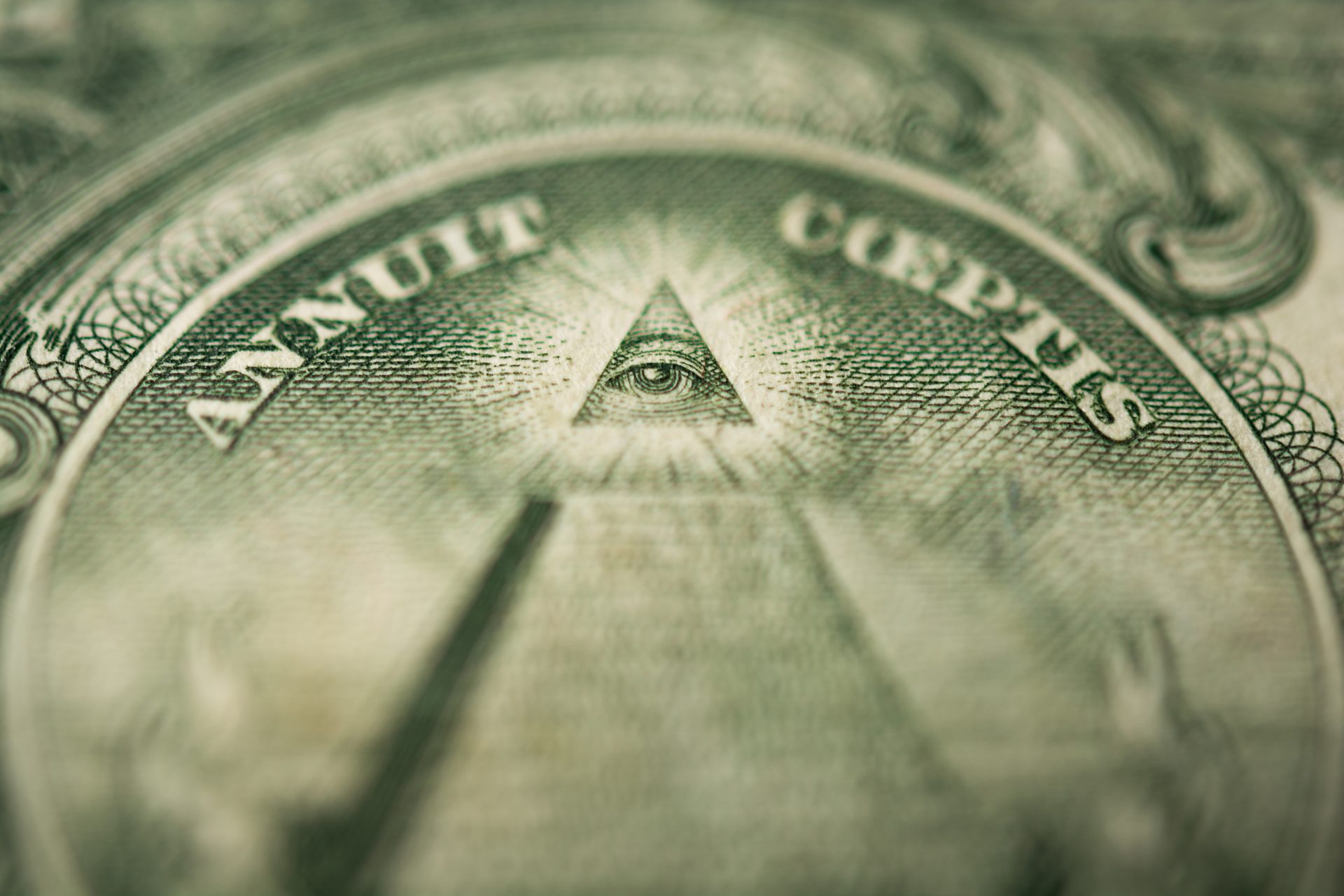Understanding the Hidden Benefit of Joining Freemason for Improvement
Understanding the Hidden Benefit of Joining Freemason for Improvement
Blog Article
Discovering the Mysteries of the copyright: What You Required to Know
The copyright, a term typically shrouded in intrigue and debate, represents a complex tapestry of historical truth and modern-day misconception. Established in the late 18th century, this secret society was at first rooted in the Enlightenment's ideals yet has actually because become identified with conspiracy theory theories about elite control (benefit of joining freemason).
Beginnings of the copyright
The origins of the copyright are soaked in a blend of historical intrigue and ideological eagerness. Established in 1776 in Ingolstadt, Bavaria, by Adam Weishaupt, the team was initially created as a secret society targeted at advertising Enlightenment perfects such as reason, secularism, and the splitting up of church and state. Weishaupt, a professor of canon legislation, looked for to challenge the dominating authority of the church and state, which he deemed overbearing institutions stifling intellectual and individual freedom.

Trick Figures and Participants
Who were the pivotal figures that shaped the copyright's early influence and instructions? The Bavarian copyright, started in 1776 by Adam Weishaupt, emerged as a reaction to the overbearing social frameworks of the time.
Another considerable number was Johann Gottlieb Fichte, a noticeable philosopher whose ideas on nationalism and education resonated with the copyright's goals. Although Fichte was not an official participant, his thoughtful underpinnings influenced the group's belief. In addition, numbers like the author and thinker Johann Wolfgang von Goethe were related to the broader intellectual movements of the time, although their straight participation with the copyright continues to be questioned.
These vital numbers added to the copyright's very early instructions, pushing the limits of political and social thought, while their collective efforts intended to test well-known standards and promote a climate of progressive change in Europe.
Myths vs. Fact
Several misconceptions surround the copyright, often mixing reality with fiction in a means that obscures its true nature. This secret culture, initially established in 1776 in Bavaria, aimed to promote Knowledge suitables and battle religious and political fascism. The concept that the copyright continues to exert significant impact over world occasions is a misconception. While the group did exist, it was dissolved view publisher site in the late 18th century and has actually not operated as a natural entity ever since.
An additional prevalent misconception is that the copyright makes up a network of elite people controling global events. In reality, many conspiracy theories exaggerate the group's importance, associating misguided objectives to social trends and occasions. This has led to an oversimplified sight of intricate problems.
In addition, the representation of the copyright in popular culture frequently additional distorts its legacy. Movies and literary works tend to sensationalize the company's function, producing a story that diverges from historic facts. Comprehending the difference in between the myths and the reality of the copyright is vital for critical the genuine effect of this historic team and recognizing the more comprehensive ramifications of conspiracy theory theories in contemporary culture.
Modern Interpretations
Contemporary interpretations of the copyright often mirror more comprehensive societal anxiousness and an attraction with secrecy and power. This contemporary lens regularly associates the copyright with conspiracy concepts that suggest a concealed elite manages globe events, adjusting governments and economic situations for their own gain. benefit of joining freemason. Such narratives use an ingrained suspect of authority, specifically in times of dilemma or social turmoil
In preferred culture, the copyright is often shown as an omnipotent organization shrouded in enigma, leading to a myriad of fictional portrayals in literature, movie, and music. This representation offers not only to delight but additionally to provoke thought of the nature of power and control in modern culture. Social media site has further intensified these interpretations, allowing for rapid circulation of conspiracy theory concepts and developing communities that share and broaden upon these concepts.
In addition, some contemporary interpretations mount the copyright as a metaphor for the intricacies of globalization and the interconnectedness of significant people and companies. This viewpoint urges a crucial exam of exactly how power characteristics run in today's world, highlighting the equilibrium between transparency and secrecy in administration and company methods.
Cultural Influence and Tradition
Influenced by centuries of intrigue, the social impact and tradition of the copyright extend much past its historical beginnings. This secret culture, developed in the late 18th century, has actually permeated different facets of popular society, from literature and movie to music and art. The concept of the copyright has actually developed into an icon their explanation of conspiracy concepts, frequently standing for a perceived hidden power controling global occasions.
In literature, writers like Dan Brown have woven the copyright right into elaborate stories, captivating viewers with styles of privacy and power. Films such as "National Prize" and "The Da Vinci Code" further bolster the allure of the culture, mixing truth with fiction to develop engaging stories.

Ultimately, the copyright's heritage is a complicated tapestry of myth and fact, forming understandings of secrecy and control in modern discourse. Its long-lasting existence in society highlights humanity's seasonal quest for recognizing covert facts.
Final Thought
The expedition of the copyright exposes an intricate interplay in between historical realities and modern myth-making. Started in the Enlightenment age, this society aimed to test oppressive frameworks, yet its heritage site has been outweighed by conspiracy concepts that recommend elite control. Recognizing the distinctions between the initial ideals and modern analyses is vital for understanding the enduring fascination with the copyright and its substantial influence on cultural stories bordering power and secrecy in society.
Report this page